Okay, let’s talk about something I genuinely mess up at least once a year: packing the “fragile” stuff.
You know the drill. You’re moving, or you’re finally clearing out the guest room, and you’re faced with The Cabinet of Delicate Things. The wedding china. The weird art deco vase your aunt gave you that you secretly love. That one perfect coffee mug.
Your brain goes: Bubble wrap. I need bubble wrap.
And you’re not wrong. But you’re not totally right, either. See, I learned this lesson the hard way when I unpacked a box labeled “KITCHEN FRAGILE!!!” to find my favourite pitcher had not survived the journey. It was wrapped in a literal blanket of bubble wrap. But it was in a giant, floppy box with a bag of light bulbs and a potato masher. I’d broken the first rule.
Bubble wrap isn’t a magic forcefield. It’s just one player on the team. And if the rest of the team doesn’t show up, your stuff is gonna lose.
So, from my personal disasters to your future success, here’s what actually works.
Forget the Big Box. Think Small and Strong
My first mistake was always using a box that was too big. I’d think, “Great! I can fit all the glasses in here!” What actually happens is you create a heavy, overstuffed coffin for your glassware. The bottom sags, the sides bulge, and everything inside has just enough room to clink together with every bump in the road.
The move is to use a small, heavy-duty box. The kind that feels annoyingly small. It forces you to pack less in it, which keeps the weight down and, crucially, gives the items inside no room to move. They should be packed in so tight they’re practically holding hands for support.
Wrap It. Then Wrap It Again. Seriously
I’m a lazy packer. I admit it. My instinct is to toss a few sheets of bubble wrap around a plate and call it a day. Nope.
Every. Single. Item. Gets its own personal wrap job.
- For plates and bowls: Wrap them individually. Then, and this is the genius part I learned from a mover who saw me about to do it wrong: stand them on their edge in the box. Never flat. Stacking them flat is just building a tower of potential disaster. On their side, pressure is on the strong rim, not the delicate center.
- For glasses and mugs: Stuff them first! Crumple some paper and put it inside the cup before you wrap the outside. This protects the thinnest, most vulnerable part.
- For weird, awkward things: Use your soft stuff. That ugly holiday sweater you’re storing anyway? That’s now the primary protective layer for your picture frames. Socks are great for wrapping small, delicate ornaments.
The Shake Test is Everything
You think you’re done packing the box? Pick it up and give it a gentle shake. Listen.
Hear something sliding? Hear a faint clink? You’ve failed. Sorry.
This means there’s empty space in there. And empty space is where breakage lives. Open the box back up and murder the void. Crumple up every last bit of newspaper you have, use packing peanuts, use more bubble wrap, use clean towels—whatever you have on hand. Stuff it into every gap until you can shake that box and hear absolutely nothing. It should feel like a solid brick.
Label Like a Paranoid Control Freak
Don’t just write “FRAGILE” on the top in little letters. I used to do that.
Now, I get a fat black marker and I write it on every single side of the box. I write “GLASS” and “THIS END UP” and “I WILL KNOW IF YOU DROP THIS.” Okay, maybe not the last one, but you get the idea. Make it impossible for anyone—your friend helping you move, your future self at 2 AM looking for the coffee maker—to misunderstand what’s in there.
The Final Step: Where It All Lives
You’ve packed the perfect box. Now, don’t ruin it by shoving it in a crappy spot in your storage unit.
- The golden rule: Fragile boxes are top-shelf boxes. They never, ever go to the bottom. Heavier, sturdier stuff—totes of books, that box of old vinyl records, your toolkit—that’s your foundation. Your perfectly packed, fragile box gets a place of honour on top of the pile, safe from being crushed.
Also, don’t shove it right by the door where it can get knocked over by accident. Tuck it somewhere stable and secure in the middle of the unit.
And listen, if you’re storing anything that truly can’t handle humidity or wild temperature swings—think family photos, important papers, that expensive wooden guitar you swear you’ll learn to play—just get a climate-controlled unit. It’s not an upsell; it’s the final, non-negotiable layer of protection for the things you can’t replace. It’s the difference between storing your stuff and preserving it.
Speaking of which, this is exactly the kind of thing we’ve built our storage units for. At 3D Self Storage, we’re not just renting out empty spaces. We’re providing a clean, dry, and secure final stop for the things you’ve taken the care to pack correctly. We offer climate-controlled options because we know some treasures need that extra TLC. You’ve done the hard work wrapping your life in bubble wrap; we provide the safe place to put it all down.
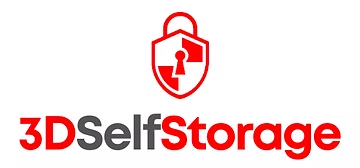
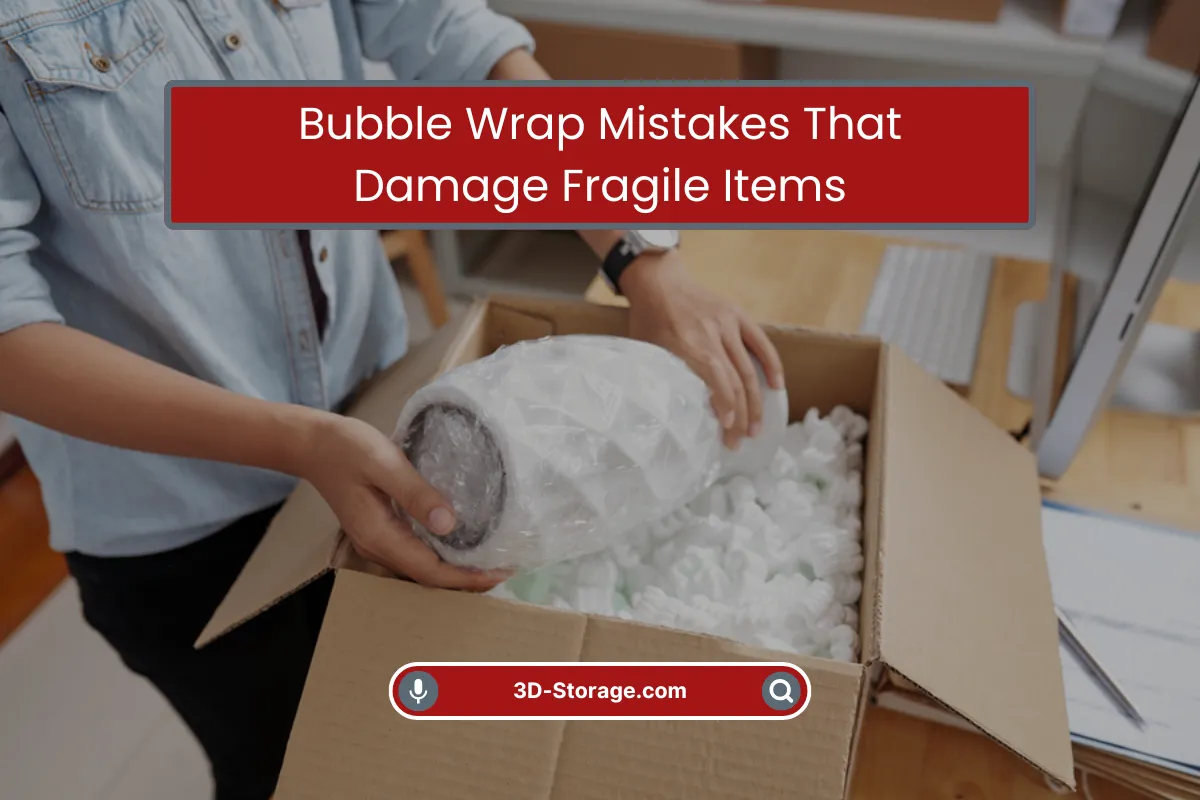

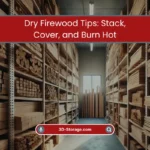

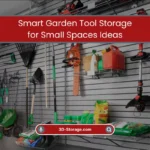

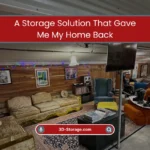
0 Comments